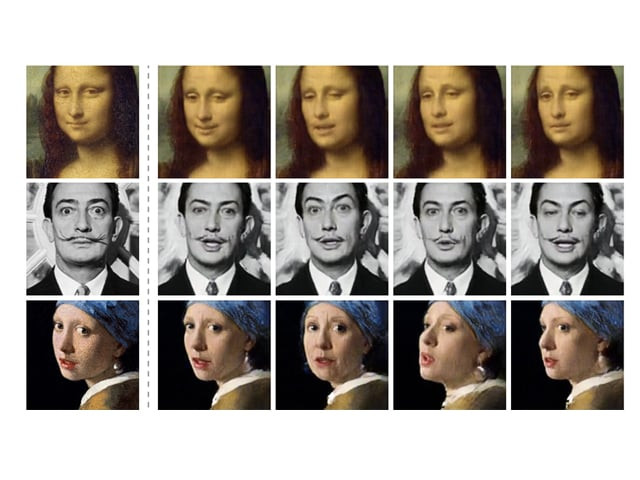Samsung’s new AI technology can create a video of anyone with a single picture
Along with a tool that can imitate voices through using snippets of sample audio material

This technology would allow anyone to fabricate a video of someone else talking using simply a picture of them.
PHOTO: SAMSUNG AI CENTER
According to Motherboard, researchers at the Samsung AI center in Moscow have achieved this by training a “deep convolutional network” through the process of showing it various videos of talking heads, to allow it to identify and retain the knowledge of certain facial features, then using that data to animate a still image.
Samsung revs up smartphone desire with Galaxy Fold, S10
The results were depicted in a paper titled "Few-Shot Adversarial Learning of Realistic Neural Talking Head Models." While not being as convincing as some of the deepfake videos available online, Samsung’s approach is about turning a single image into a video, whereas other deepfake videos require a larger number of images of the person you are attempting to imitate.
Using a single still image of Fyodor Dostoevsky, Salvador Dali, Albert Einstein, Marilyn Monroe and even Mona Lisa, the AI was able to create videos of them talking which are momentarily convincing enough to be perceived as actual footage. While the videos will definitely not fool an expert or someone closely examining them, they have the potential to improve drastically in a matter of years like other AI-based generated imagery.
In Pictures: Samsung unveils Galaxy Fold, wearables
The implications of this research are frightening. This technology would allow anyone to fabricate a video of someone else talking using simply a picture of them. Along with a tool that can imitate voices through using snippets of sample audio material, one can get anyone to “say” anything too. With the addition of tools like Nvidia's GAN to the mix, a convincing yet fake setting could also be created for such a video. As this technology becomes increasingly accurate and accessible, discerning which videos are real and which are fabricated will become increasingly difficult. Hopefully, the tools needed to differentiate the two will become more advanced also.
This article originally appeared on Mashable.



















COMMENTS
Comments are moderated and generally will be posted if they are on-topic and not abusive.
For more information, please see our Comments FAQ